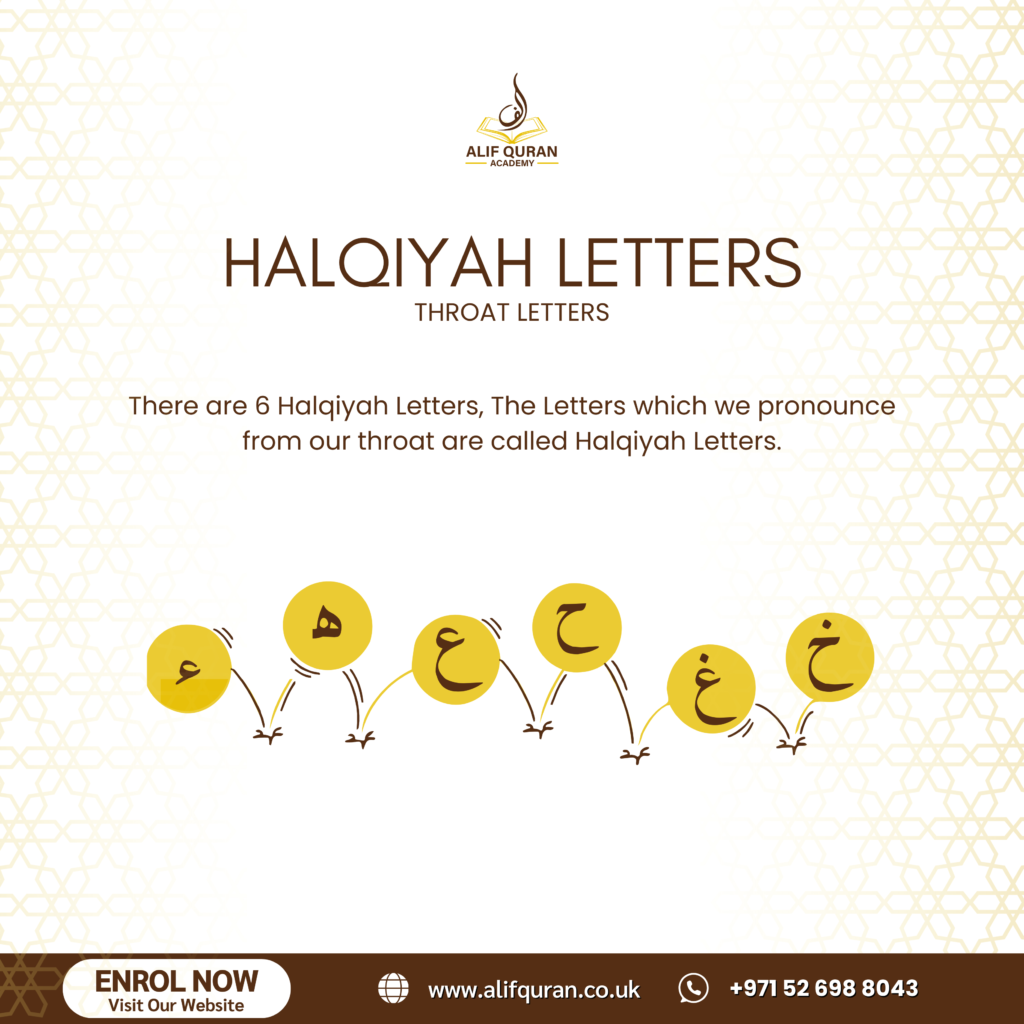
What is Qaida: Understanding Arabic Alphabets
Arabic Qaida - Lesson 1
الدرس الأول: الحروف المفردة
Master the 29 Arabic letters with proper pronunciation, including the special Mustaliya letters. Your journey to reading Arabic starts here!
Understanding Mustaliya Letters
What are Mustaliya Letters?
Mustaliya (مستعلية) letters are "elevated" or "thick" letters in Arabic pronunciation. When pronouncing these letters, the back of the tongue is raised towards the soft palate, creating a fuller, deeper sound.
There are 7 Mustaliya letters, easily remembered by the phrase: خُصَّ ضَغْطٍ قِظْ
Non-Mustaliya Letters
The remaining 22 letters are called Mustafila (مستفلة) or "lowered" letters. These are pronounced with the tongue in a lower, more relaxed position.
These letters produce a lighter, thinner sound compared to Mustaliya letters.
The 29 Arabic Letters
Mustaliya Letters (الحروف المستعلية) - 7 Letters
Non-Mustaliya Letters (الحروف المستفلة) - 22 Letters
Practice Tips
Study Carefully
Observe each letter's shape and memorize the difference between Mustaliya and non-Mustaliya letters.
Practice Speaking
Repeat each letter multiple times, focusing on the tongue position for Mustaliya letters.
Write & Memorize
Practice writing each letter and memorize the Mustaliya phrase: خُصَّ ضَغْطٍ قِظْ
Qaida – Lesson 2 – Compound Letters

YARMALOON LETTERS




